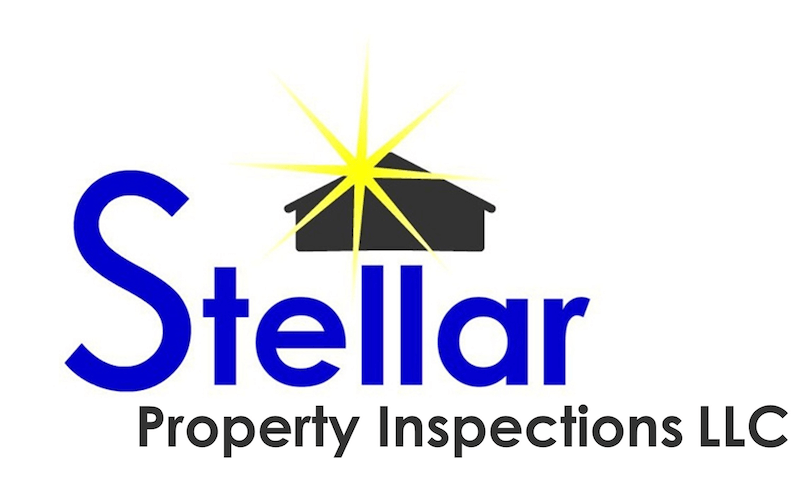Selling a home is a major process, and the goal is usually to get the best possible price in the shortest amount of time. Many sellers focus on staging and curb appeal, but one step that often gets overlooked is a pre-listing inspection.
Unlike a buyer’s inspection, which happens after an offer is made, a pre-listing inspection gives sellers a chance to uncover and address potential issues before putting the home on the market. This proactive approach can lead to a smoother, faster sale and even increase the final selling price.
What Is a Pre-Listing Inspection?
A pre-listing inspection is a professional evaluation of a home’s condition before it is officially listed for sale. It’s the same kind of inspection a buyer would order, but instead of reacting to surprises later in the process, the seller gets a head start on identifying and resolving any concerns.
During a pre-listing inspection, a home inspector will examine key areas such as:
- Electrical and plumbing systems
- Roof and foundation
- HVAC and insulation
- Windows, doors, and exterior features
- Attic, basement, or crawlspace
With this information in hand, sellers can make informed decisions about repairs or adjustments before potential buyers even step inside.
How a Pre-Listing Inspection Speeds Up the Selling Process
Fewer Surprises, Less Negotiation
One of the biggest reasons home sales get delayed—or fall through—is unexpected issues found during the buyer’s inspection. When buyers discover hidden problems, they often come back with repair requests or lower offers, leading to stressful negotiations.
A pre-listing inspection eliminates that uncertainty. By addressing issues upfront, sellers can present a home that’s in top shape, reducing the chances of last-minute haggling or deal-breaking concerns.
Builds Buyer Confidence
Buyers are more likely to move forward with confidence when they know a home has already been inspected. Providing a pre-listing inspection report signals transparency and honesty, which can make your home stand out in a competitive market.
Some sellers even share the report in the listing or at showings, reassuring buyers that the property has been professionally evaluated and any necessary repairs have already been handled.
Faster Closing Timeline
When buyers order an inspection after making an offer, the process can take weeks—especially if repairs need to be negotiated and completed. A pre-listing inspection removes that hurdle, streamlining the path from contract to closing.
Buyers who feel confident in the condition of a home may even waive the inspection contingency, further speeding up the process.
How a Pre-Listing Inspection Can Increase Your Sale Price
Allows for Strategic Repairs and Upgrades
Not all repairs are equal when it comes to return on investment. A pre-listing inspection helps sellers focus on fixing critical issues that could impact a home’s value, while avoiding unnecessary upgrades that won’t add much to the final sale price.
For example, repairing a leaking roof or outdated electrical wiring can prevent buyers from lowballing their offers. On the other hand, replacing countertops in a kitchen that’s already in good condition may not yield a significant price boost.
Strengthens Pricing Power
When sellers go into negotiations armed with a clean inspection report, they have a stronger position to justify their asking price. Buyers often try to use inspection findings as leverage to negotiate a lower offer—but if there are no major red flags, sellers can confidently stand by their pricing.
Attracts More Serious Buyers
A home that has already been inspected and repaired appeals to buyers who want a move-in-ready property. Many buyers—especially those using FHA or VA loans—prefer homes that don’t require immediate repairs. A pre-listing inspection reassures them that they won’t be hit with unexpected costs after closing.
What to Do After a Pre-Listing Inspection
Once the inspection is complete, sellers have three main options:
- Make necessary repairs – If there are issues that could impact buyer confidence or home value, it’s best to address them before listing.
- Disclose the findings – If you choose not to fix certain items, transparency is key. Sharing the report with potential buyers shows that you’re upfront about the home’s condition.
- Adjust your listing price – If there are major issues you don’t plan to fix, pricing the home accordingly can help set realistic expectations and avoid drawn-out negotiations.
Get Ahead of the Market
A pre-listing inspection is one of the best ways to stay in control of the selling process and avoid delays or price reductions. Whether you’re looking for a faster sale, a smoother negotiation, or a higher final price, this small upfront investment can make a big impact.
Schedule a pre-listing inspection with Stellar Property Inspections today and take the guesswork out of selling your home.
For more home-selling tips, check out this guide from the National Association of Realtors.
